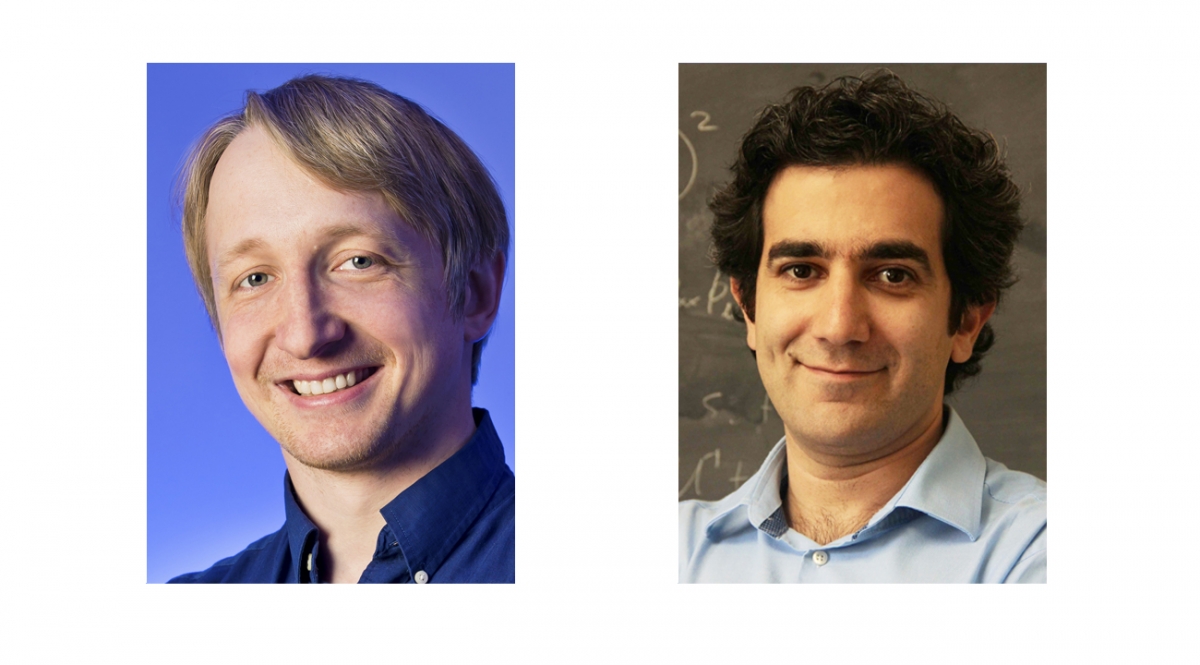
JQI Fellows Alexey Gorshkov and Mohammad Hafezi are part of two teams recieving MURI grants.
JQI researchers are part of two teams that have received Multidisciplinary University Research Initiative (MURI) awards from the Department of Defense (DoD). DoD awards these competitive grants annually to promote multidisciplinary work by teams spanning several universities. MURI awards focus on topics that are important to DoD and that may promote development of new technologies.
“It's easier to collaborate with someone who’s local, but once you get this sort of joint funding, you're encouraged to talk to others and it's fantastic,” says JQI Fellow Alexey Gorshkov, who is part of a MURI team with members from five other universities. “I haven't written a single paper with most of these team members before, so it's a great opportunity to start these new collaborations.”
Gorshkov is participating in a project named “New approaches to quantum control with individual molecule sensitivity” headed by Kang-Kuen Ni at Harvard University. The researchers are looking to achieve a high degree of control over individual molecules, similar to the control that scientists already wield over individual atoms.
Molecules are built from many atoms, whose chemical interactions ratchet up the challenges of achieving fine control. So the effective manipulation of molecules requires combining the tools and techniques of chemistry with those from physics and quantum information. The work will expand upon Gorshkov’s previous research studying systems that manipulate ultra-cold molecules. Developing better control of individual molecules could lead to new technology for use in quantum computers, communication systems and new types of sensors.
JQI Fellow Mohammad Hafezi and JQI postdoctoral researcher Sunil Mittal are participating in a project named “Robust Photonic Materials with High-Order Topological Protection” headed by Gaurav Bahl at the University of Illinois. This work will explore techniques for manipulating light in interesting ways—such as restricting it to the corners of a silicon chip. These techniques often offer some protection to the light’s fragile quantum characteristics.
The research team will work to explore these materials for a variety of wavelengths of light—including some beyond the visible. This is a young area of research, but researchers hope these materials might eventually be used in quantum communication systems and other technologies. Hafezi (who is also leading a 2016 MURI project about manipulating light) and Mittal plan to build upon their previous research by exploring more versatile platforms for these exotic behaviors and extending the techniques to the more quantum mechanical extremes of individual or entangled photons.
The DoD plans to provide a total of $185 million over five years through the 26 MURI grants awarded this year.
Story by Bailey Bedford